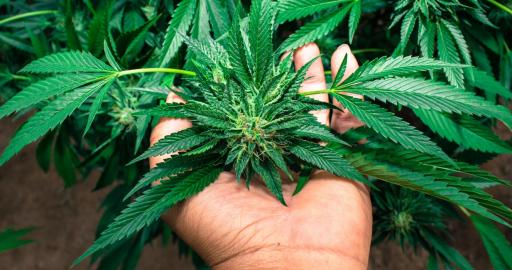There's a nice, neat 3-bulletpoint quote listing the 3 general forms of silica for horticulture (purposes ranging from pesticide to nutrient transporter/greater bandwidth apparently). Pretty sure the labeling on all silica products indicate basic (high pH).
Skipped the general pesticide silica (1st/bottom-tier silica), started with Armor SI (2nd-tier silica). Acquired Power SI (3rd/currently top-tier silica), but am saving it for a later date.
- Power SI is pretty expensive,
- decided to split the 1ml Armor SI/2 gallons (per GH feeding schedule) ~ 1/2 Power SI and 1/2 Armor SI.
- Much more than 1ml/gallon is supposed to turn leaves leathery. That's not normal, I don't want that.
- 2.5 gallons of liquid Armor SI, and 2 kg of dry Power SI. So, that will be interesting.
- Armor SI might be good enough for my purposes (assuming I don't see measurable improvement).
Also, seems like horticulture heads in India discuss nano-silica products online. Perhaps it's racial bias, my limited thread/video sampling indicates India's on the forefront of nano-silica production/applications. At some point, product differentiation is bs; not sure silica's there yet. Believer. Branches don't break like they used to.

